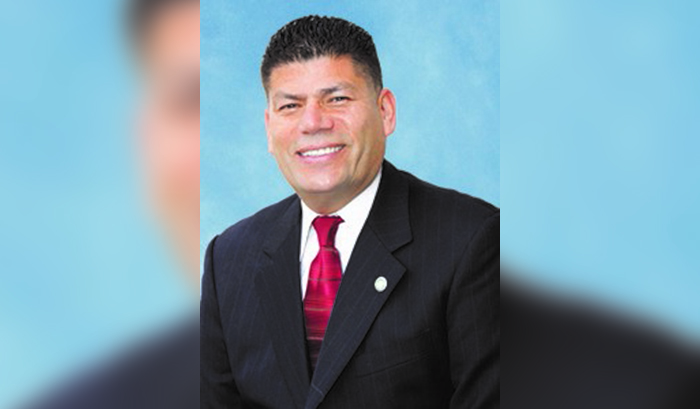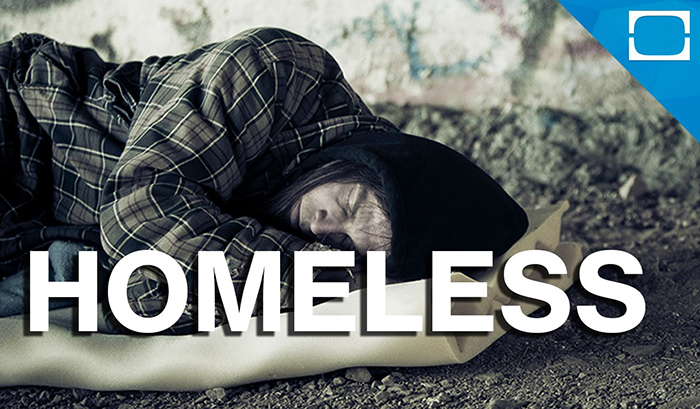Winded if not bored after a month and a half of community election forums before increasingly slim audiences, the six contenders for four City Council seats gather ‘round the crackling campfire for one more go tonight at 7 at the Raintree condos.
They almost – but not quite – scampered cleanly across the finish line at last night’s League of Women Voters’ Candidates Forum in Council Chambers. Sensing that time was fading, a fanatic from the Culver City Friends of the Animals group one more time sneaked in the penultimate question on an unsuspecting moderator, seducing him into asking:
What are your thoughts on retaining an Animal Control Officer?
This was the only dim interlude at the typically well-run League forum, led by Frances Talbott-White and smoothly, efficiently moderated by environmental law attorney David Holtzman, president of the Los Angeles league. He fired 13 fast-paced questions at the candidates who took the seats, more formally, on the dais for the first time.
On Almost Closing Night in a formful campaign without a sexy issue, the candidates were a magnet for another pocket-sized audience.
“I think it is hard to generate a lot of excitement within the community,” said incumbent Andy Weissman, “when economics is the dominant issue. The City’s financial position really drives the discussion of services and programming and discussing those issues, while critically important to the quality of life in Culver City, unfortunately, is generally not the stuff that generates a lot of excitement or enthusiasm. ”
A dozen or fewer persons in the spacious room were there out of curiosity. The rest of the crowd was connected with one of the campaigns or were volunteering for the league. Along with 2½ elephants, the whole room would have fit comfortably in Mayor Mehaul O’Leary’s SUV.
“This was the most boring forum yet,” one of the candidates said later.
In a departure from the past, the Candidate Forum part of the campaign – that ends with Election Day on April 10 – likely did not change any minds.
No gaffes, no outrageous remarks, and except for freshman candidate Stephen Murray, whose presentations improved, the same questions and same reliable answers were recycled before each venue.
The pre-season declared positions of Meghan Sahli-Wells, Scott Malsin, Jim Clarke, Andy Weissman, Mr. Murray and Mr. O’Leary never varied.
Ms. Sahli-Wells and Mr. Clarke are the progressives.
Mr. Weissman, Mr. O’Leary and Mr. Malsin, city government veterans, are traditionalists.
Mr. Murray, friendly, smart and churning with ideas, may still be seeking a landing place.
Dividing the bulky candidate roster in half, Mr. Holtzman mostly posed questions to three at a time:
Question: What is your vision of parking in Culver City and what is your vision of public transportation in Culver City?
Mr. O’Leary – “Obviously there is a need for parking in our Downtown area and also in our Hayden Tract. We just recently had a parking study and looked at it very closely. There are some changes that will affect our business community and our neighborhoods. But the plan needs to be in place so we will have the effect of the parking study. As for public transportation, that is the way to go. We have to get people out of their cars.”
Ms. Sahli-Wells – “As a resident of Downtown, I have spent a lot of time thinking about this area. The Council soon will be voting on whether to eliminate the two-hours free parking (in the parking garages). If you have been paying attention, two restaurants have closed their doors and pretty much our only retail (business) has just closed its doors as well. It would be bad timing to eliminate the free parking now. We need to give businesses a chance to show they are welcoming customers. Public transportation really is exciting for me,. I happen to be a bike advocate, and I have been working on making sure we have safe bike paths.”
Mr. Weissman – “Parking is a curse, in a sense. The fact our Downtown has become vibrant has impacted (the surrounding residential) neighborhoods. Other areas of the city are experiencing similar problems, where lack of parking for businesses that are doing well is imposing burdens on the residential community. We need to manage our parking resources better. As for public transportation, we need to promote alternative forms of transportation. We need to get people out of their cars and lessen the demand on parking.”
Question: How serious is the impact of retiree pension and healthcare benefits on the budget? What changes are needed?
Mr. Murray – “Our healthcare costs are very large. Approximately 40 percent of our costs are in salary benefits. In our Police Dept., our sworn officers, 20 percent of what we pay in salary is going to retiree benefits. Currently, our OPEB (Other Post-Employment Benefits) is unfunded. We need to build up our reserves and make a fund for OPEB.”
Mr. Malsin – “The city made substantial changes over the past year. They reduced our total liability over the next 30 years from $212 million to perhaps $180 million. It seems as if you are doing a great thing there, but the real hard work is to come. We have $180 million of benefits we have promised to already retired folks, and those benefits are protected by law. We need to solve the $180 million problem. That is the big enchilada here. It’s a good thing we did make those changes. It is important that Culver City remains a desirable place to work. One of the reasons we have had great Police and Fire departments is that we have had benefits in place that have made for long-term employment.”
Mr. Clarke – “The Los Angeles approach was to negotiate with the labor unions and to get additional contributions from current working employees at the same time to reduce benefits in terms of the future. Here in Culver City, the approach has been to have a two-tier approach with respect to new hires. The impact of that is not immediately felt because you have to wait until those people get into the system and actually are participating in those benefits. It is a step for the long term to be able to do something, but I would have preferred to go the route of seeing us try to get additional contributions from current employees.”






